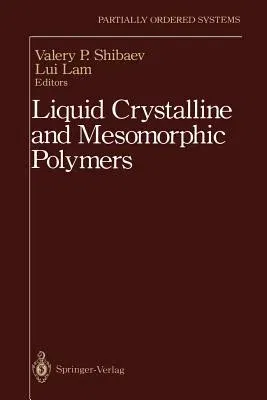Liquid Crystalline and Mesomorphic Polymers (Softcover Reprint of the Original 1st 1994)Paperback - Softcover Reprint of the Original 1st 1994, 6 November 2011

Qty
1
Turbo
Ships in 2 - 3 days
In Stock
Free Delivery
Cash on Delivery
15 Days
Free Returns
Secure Checkout
Part of Series
Partially Ordered Systems
Print Length
361 pages
Language
English
Publisher
Springer
Date Published
6 Nov 2011
ISBN-10
1461383358
ISBN-13
9781461383352
Description
Product Details
Book Edition:
Softcover Reprint of the Original 1st 1994
Book Format:
Paperback
Country of Origin:
NL
Date Published:
6 November 2011
Dimensions:
23.39 x
15.6 x
1.98 cm
ISBN-10:
1461383358
ISBN-13:
9781461383352
Language:
English
Location:
New York, NY
Pages:
361
Publisher:
Series:
Weight:
530.7 gm

